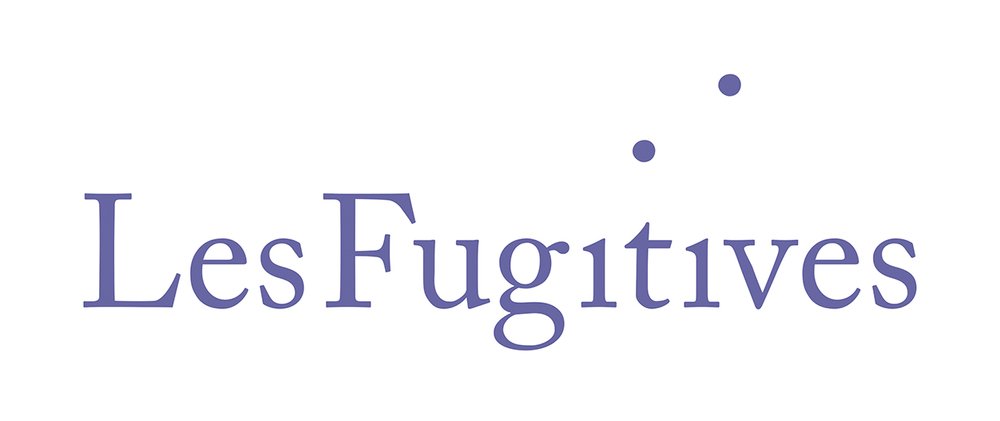UK reviews:
‘How should one paint the baby Jesus? This deceptively innocent question runs the length of Jean Frémon's Nativity, a fictional work that takes as its subject the first painter to represent the saviour of humankind without his swaddling clothes. The book is a miniature portrait in itself, running for fewer than 50 pages and punctuated by a series of evocative drawings by the artist Louise Bourgeois. With the bells of Christmas ringing faintly in the distance, Nativity offers a stylish, expressive new study into artistic representations of Christianity's founding story.’ — The Arts Desk
‘The nativity that Frémon’s work is deeply indebted to and preoccupied with is that of artistic ideas – the naissance of a way of thinking, of seeing, of representing – and the cultural precedent they subsequently set in motion (…) Frémon’s inclusion of Bourgeois’ drawings not only speaks directly into art history’s marked exclusion and omission of women from this tradition, but also rights it by having Bourgeois have her say on birth and motherhood.’ - Hannah Hutchings-Georgiou, Lucy Writers
‘Frémon’s decision to focus on a painter and his mission brings something very personal to the history encompassed within this short essay (...) [t]he five paintings by Bourgeois are made up of red brushstrokes, and depict the more human side of the Christmas story: a child swelling in the womb, a birth, a hungry newborn (…) The reflections are compelling and lucidly composed; in contrast the representations offered by Bourgeois are carnal, showing that for all the divine wonder of the Nativity, it is also the story of a first-time mother giving birth in extraordinary – and probably terrifying – circumstances.’ — Helen Vassalo, Translating Women
————————————————
Further praise for Jean Frémon and Now, Now, Louison
‘Metamorphosing like Arachne, Bourgeois’s imagined voice recounts how she wove the detritus of her memory (…) into an art of resistance (…) Now, Now, Louison (a reference to her childhood nickname) is a sensitive portrait of a woman whose struggle for self-definition came to drive her artistic practice.’ — Financial Times
‘Riffing off the journals the artist kept throughout her life, Frémon, who knew Bourgeois, gives her story a new outing - sampling her speech, as it were, before streaming it through a surround-sound amplifier - in this perfectly pitched medley of fact and fiction.’ — Times Literary Supplement
‘This enchanting short book, beautifully translated, playful and tender and angry and witty by turns, is simultaneously a love letter, an elegy, a poem, a novel, a fictionalized biography. Inside the imagination of sculptor Louise Bourgeois, we follow her between memories of childhood, speculations on love and death, and scenes of making her art. Author Jean Frémon, who knew her, brings her intriguingly alive.’ Michèle Roberts, The Tablet
UK reviews:
Drawn into Being: the drawings of Louise Bourgeois and Jean Frémon’s Nativity, Hannah Hutchings-Georgiou, Lucy Writers, 22 December
REVIEW: Esther Kinsky, GROVE and Jean Frémon, NATIVITY, Helen Vassalo, Translating Women, 9 December 2020
